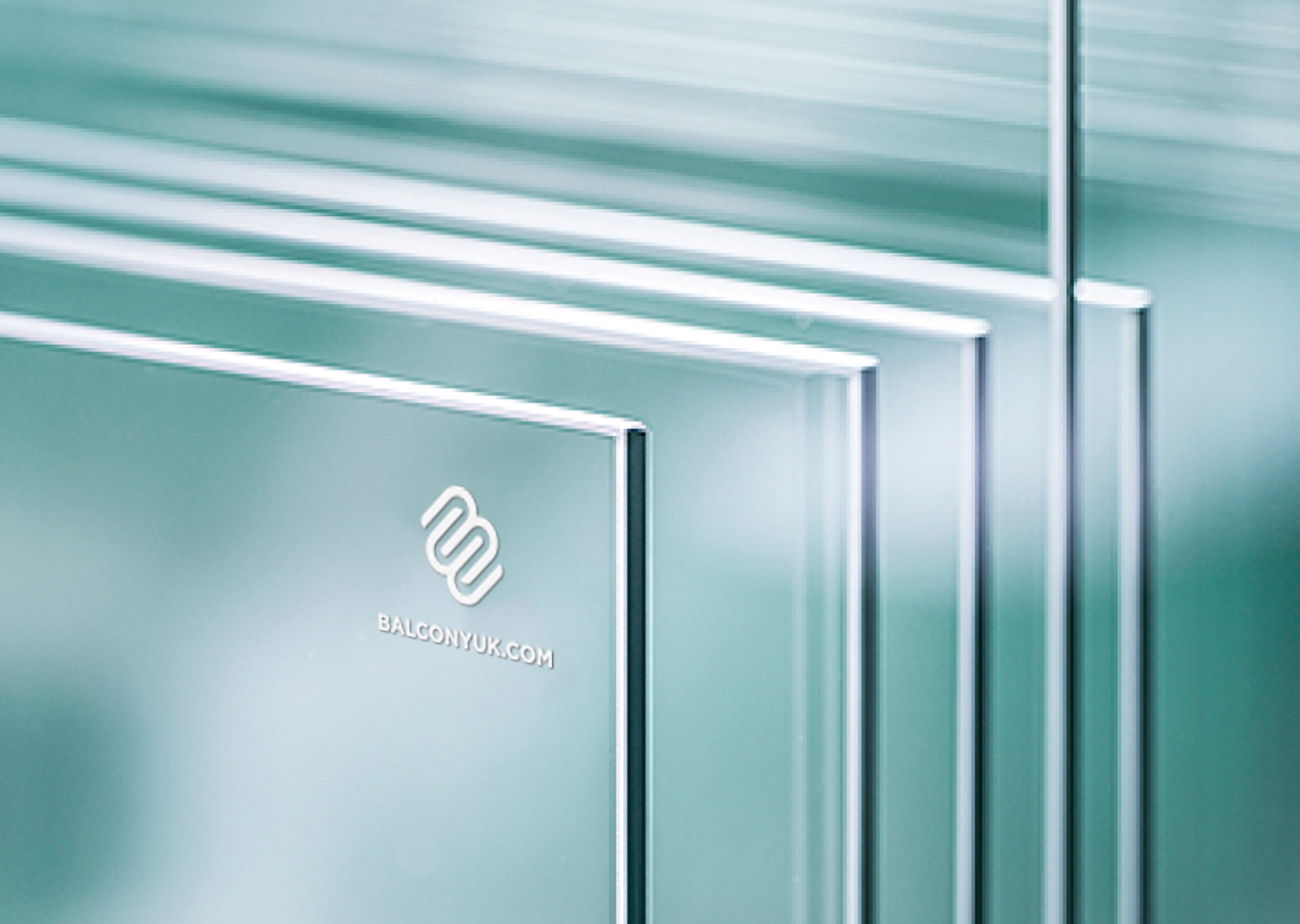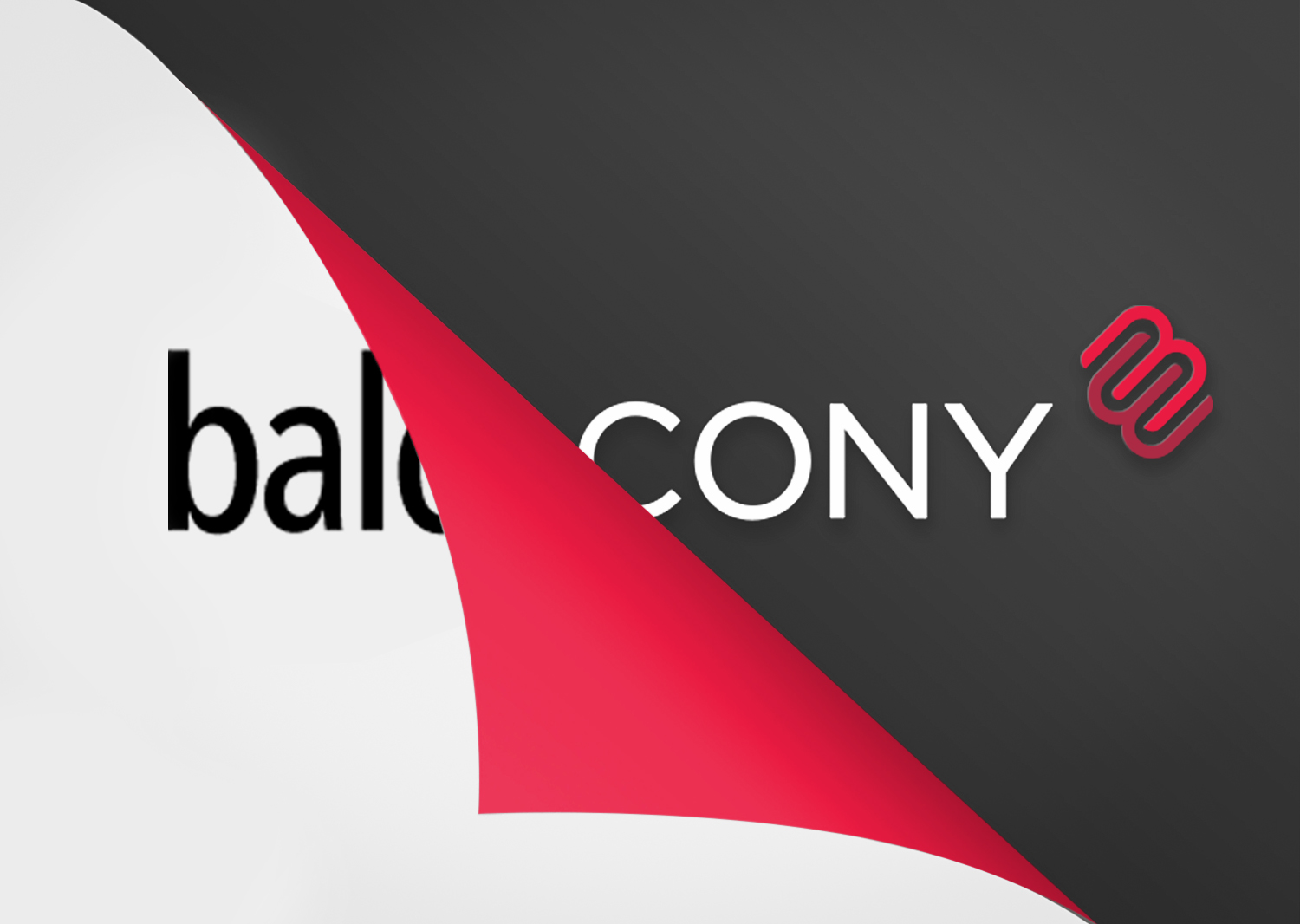Choosing the correct glass for your balustrade is paramount. In any scenario safety glass will always be required. Normally toughened glass is the standard option, this being up to 10 times stronger than the same thickness of clear annealed glass.
A second option is toughened laminate glass; this is when two panes of toughened glass are bonded together to form a single pane. This offers the benefit that should one pane break, the other remains to safeguard any potential fall, it also reduces the potential of injury from falling glass.
Glass is toughened (tempered) by putting a cut to size piece of annealed glass through a kiln that heats the glass to molten point then rapidly cools the glass. This causes compression on the outer surface thus increasing its strength. Another benefit to toughened glass is that if it does break it shatters into very small pieces rather than large sharp shards.
One issue with toughened glass is a small risk of a nickel sulphide (NiS) crystal forming within the glass, this can on rare occasions create a spontaneous breakage, this can happen at any time after installation. The risk of this happening is greatly reduced if you ask for heat-soaked glass, this is an added process where the toughened glass is re-heated to a reduced temperature but then cooled slowly.
What is laminated glass?
Laminated glass consists of two sheets of glass bonded together with a special inter-layer between.
For balustrade we normally bond two panes of toughened glass together. There are many main types of inter-layer available, each having it’s own characteristics;
The most common inter-layers include;
Please be aware that laminate inter-layers can, if not installed correctly, be affected by immersion in water and can eventually cause de-lamination of the two sheets. Glass should never become submerged in water at any point so the correct drainage will be required to be drilled into the base channel.
The table below shows details of the Uniform Distributed Load (UDL) and required glass make up for toughened and laminate glass for use on free standing glass protective barriers (based on 1100mm top rail from finished floor level).
Design level horizontal UDL (line load) (KN/M)
| Sentry Glass (mm) | PVB laminate thickness (mm) | Toughened glass thickness (mm) |
| 0.36 | 13.5 | 17.5 | 12 |
| 0.74 | 17.5 | 21.5 | 15 |
| 1.50 | 21.5 | 25.5 | 19 |
| 3.00 | 25.5 | 31.5 | 25 |





The price quoted is supply only. Installation price on request.